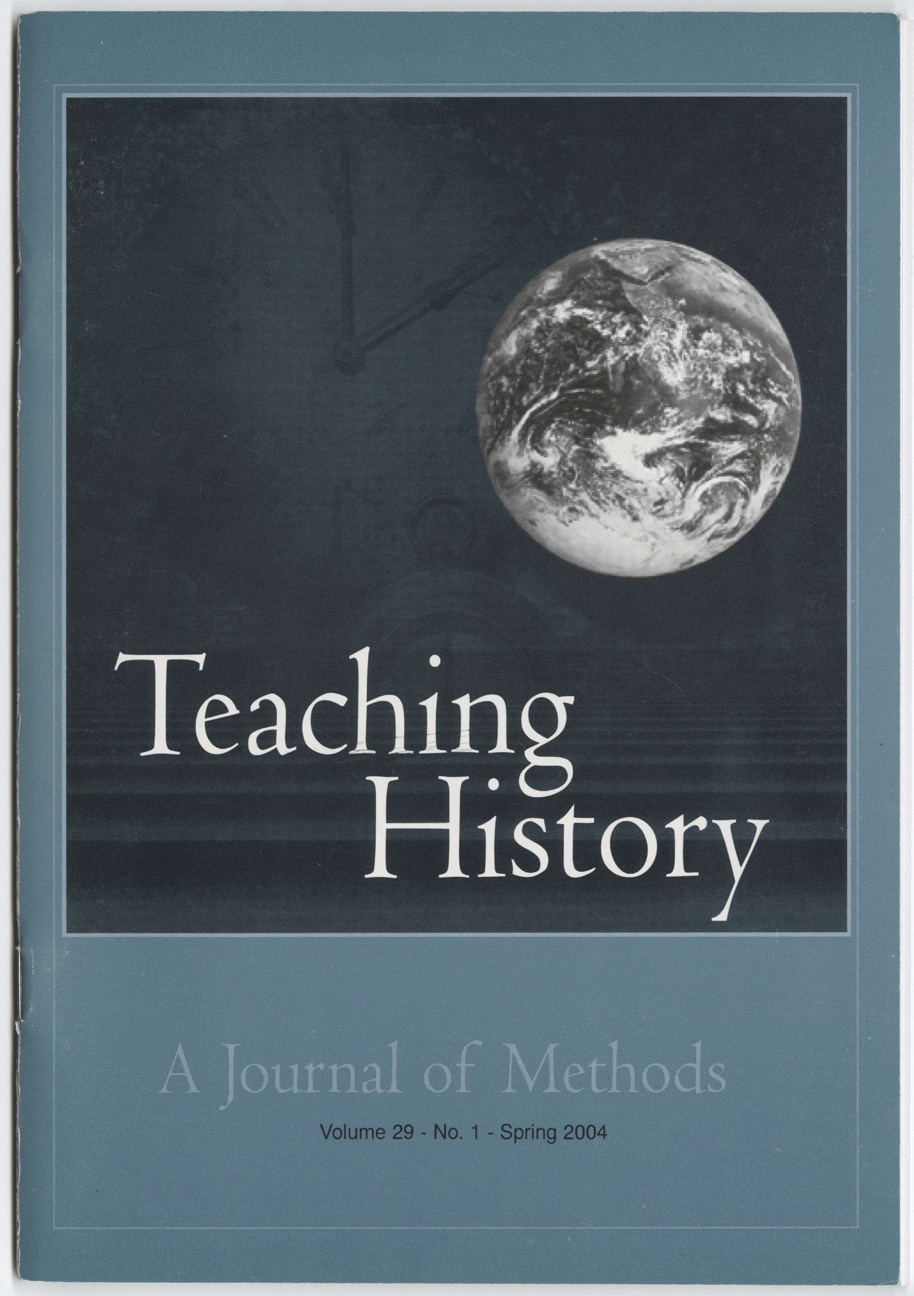Teaching Class
Labor And Working-Class History In The U.S. Survey
DOI:
https://doi.org/10.33043/TH.29.1.14-22Abstract
When I think back on my undergraduate courses, I cannot recall one instance when a professor or instructor uttered the words "class conflict," "labor movement," or "union struggle." Growing up in a working-class neighborhood as a daughter of a union electrician, I took it for granted that history in general and United States history in particular were not about me, my family or my neighbors, but instead about people with power who controlled and shaped the important events that occurred in our nation's past.
What a surprise, upon entering graduate school, to find that U.S. labor and working-class history was an actual course being offered. It seemed as though I had entered some parallel universe where one's reality is turned upside down. In this case, working-class people, ideology, politics, and movements were at the center of the historical narrative. Students discussed how differently American history looked when examined from the perspective of working people. From the first day of class, I was hooked.
Downloads
Downloads
Published
How to Cite
Issue
Section
License
Copyright (c) 2004 Randi Storch

This work is licensed under a Creative Commons Attribution-NonCommercial-NoDerivatives 4.0 International License.
By submitting to Teaching History, the author(s) agree to the terms of the Author Agreement. All authors retain copyrights associated with their article or review contributions. Beginning in 2019, all authors agree to make such contributions available under a Creative Commons Attribution-NonCommercial-NoDerivatives 4.0 International license upon publication.



